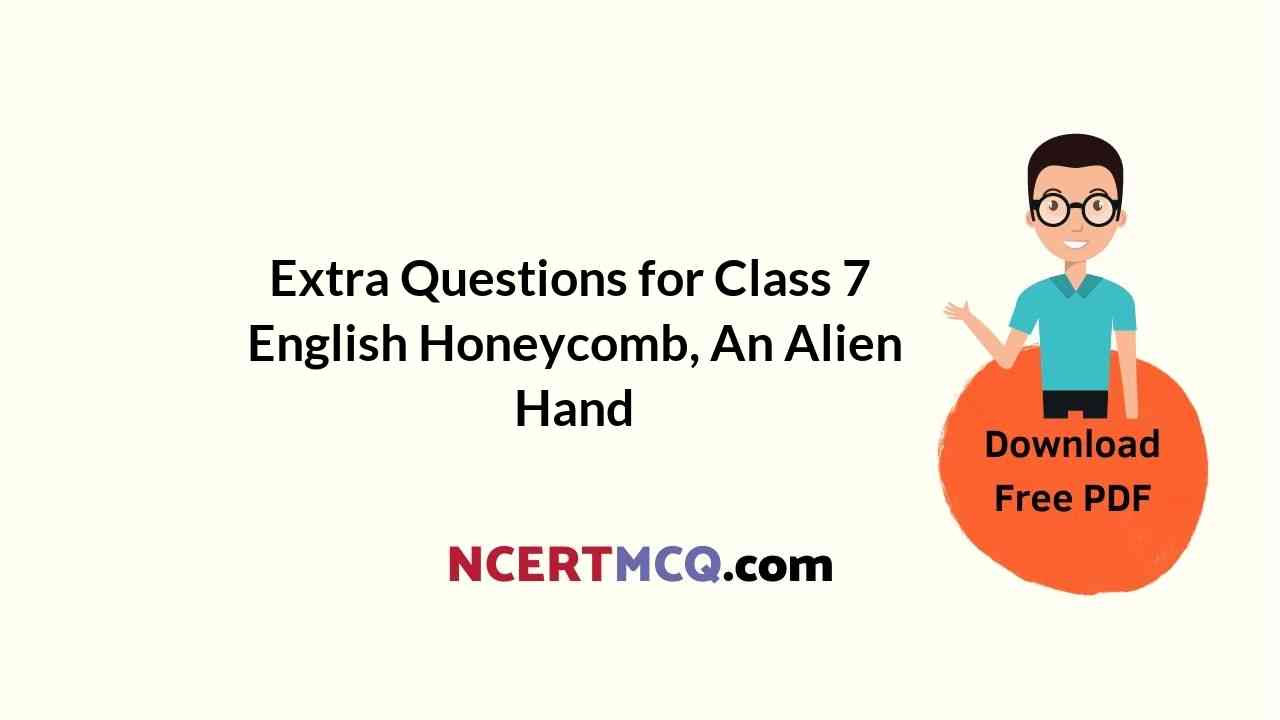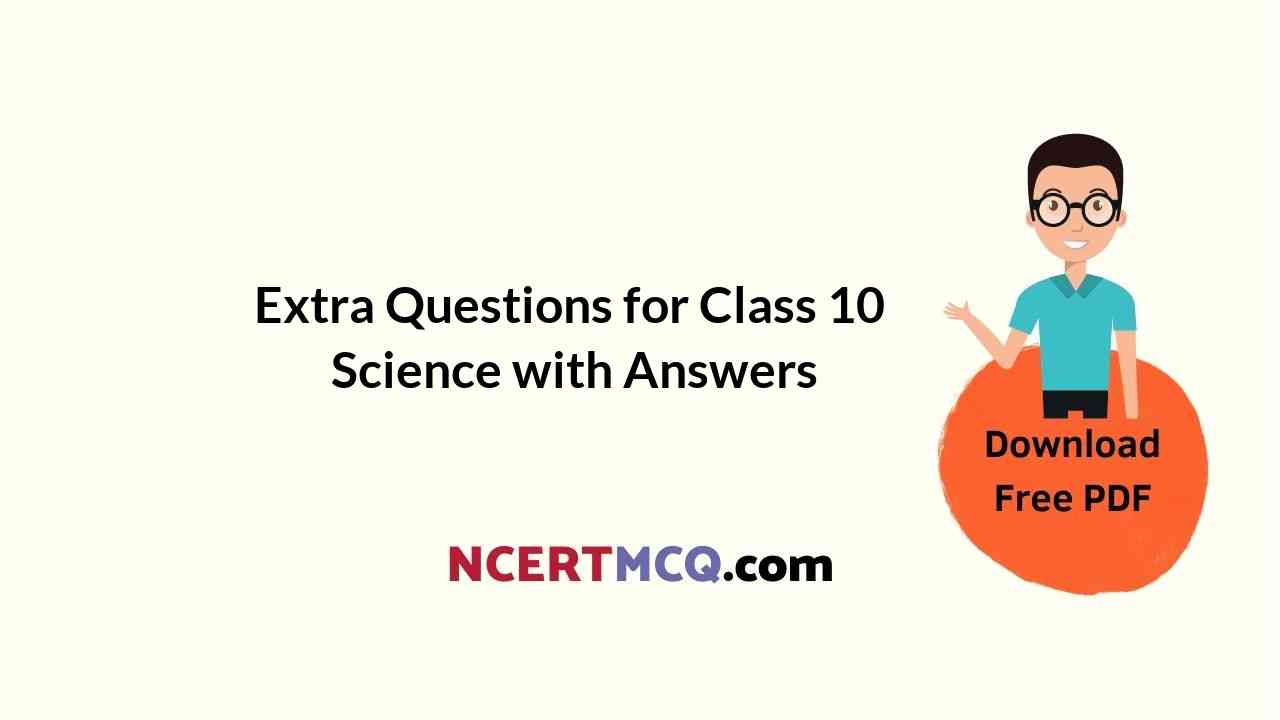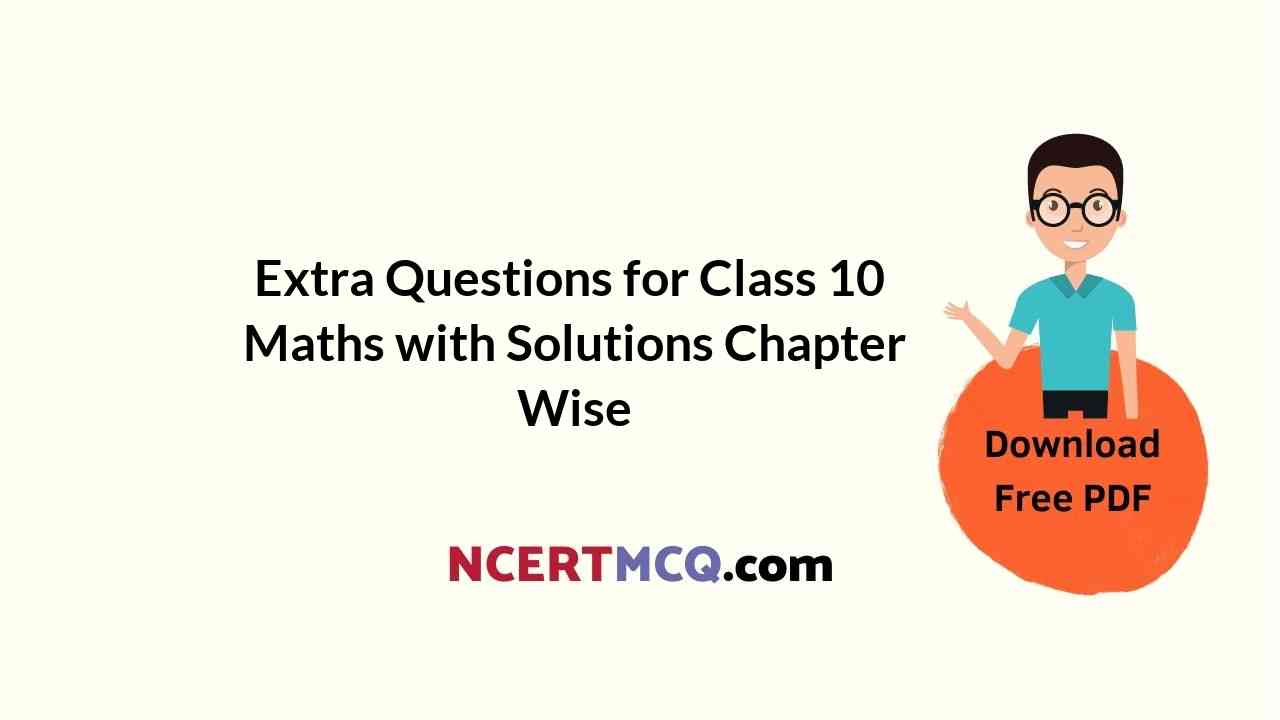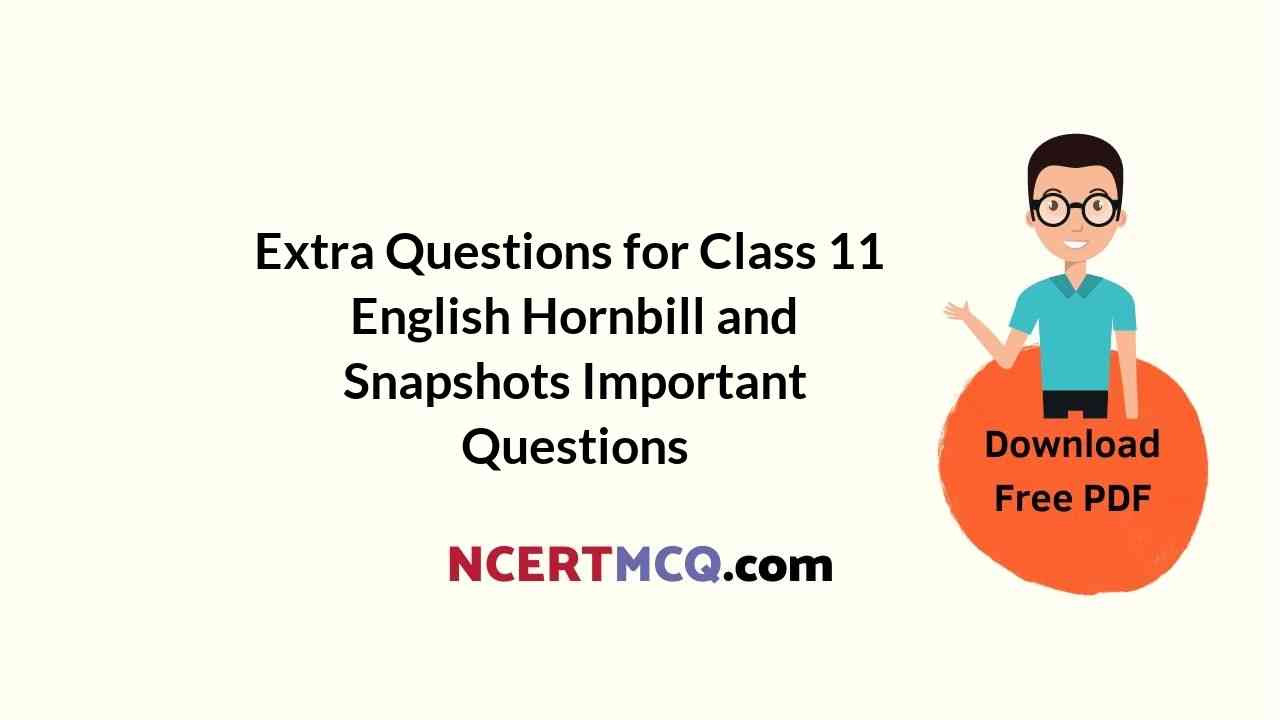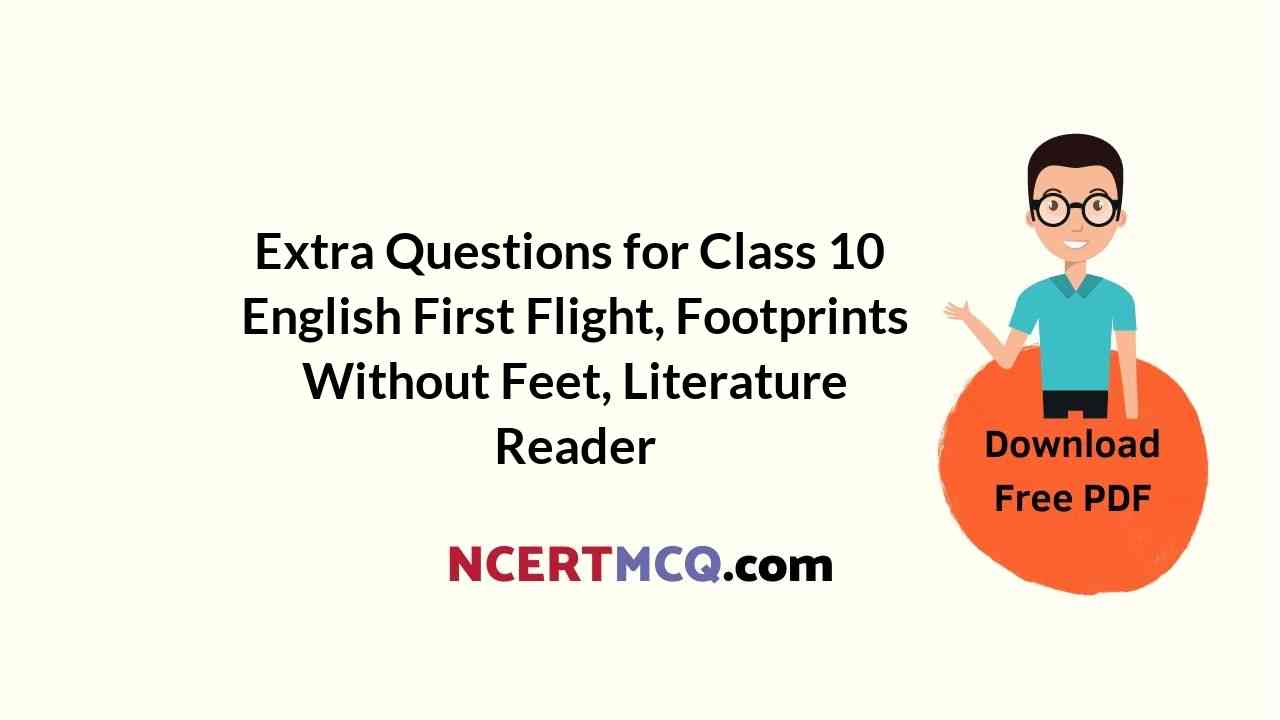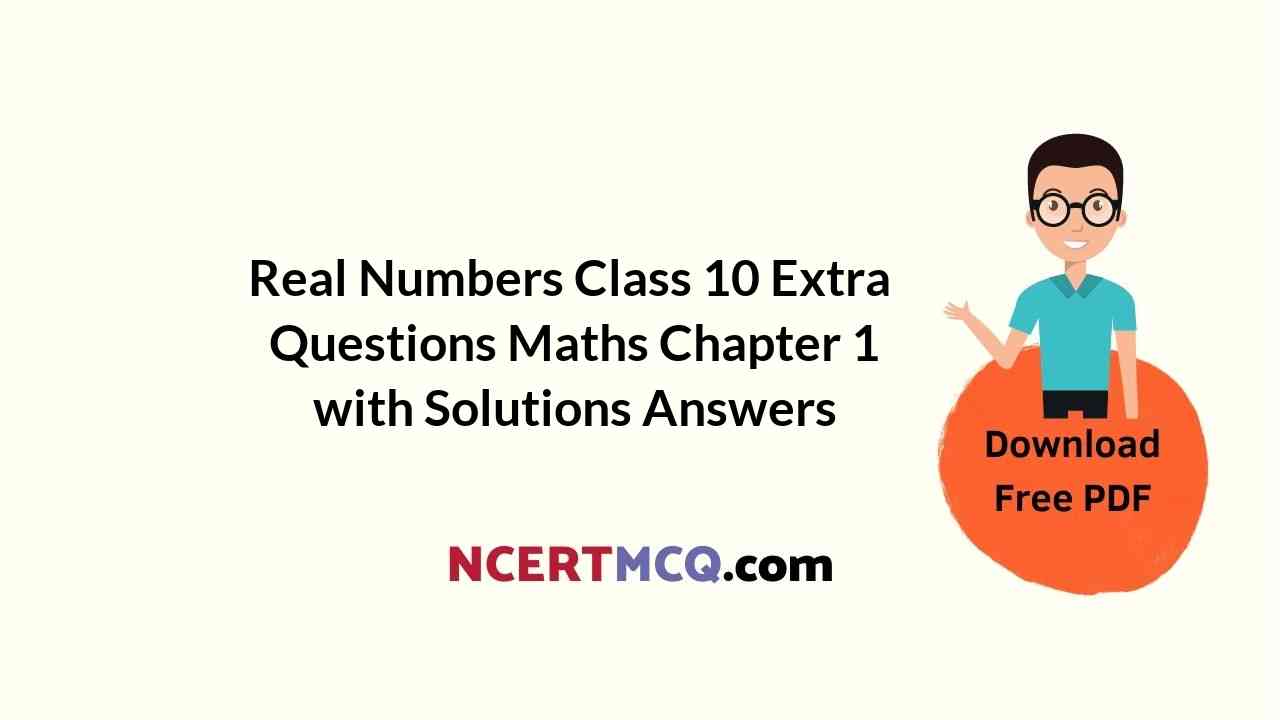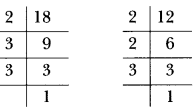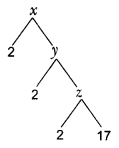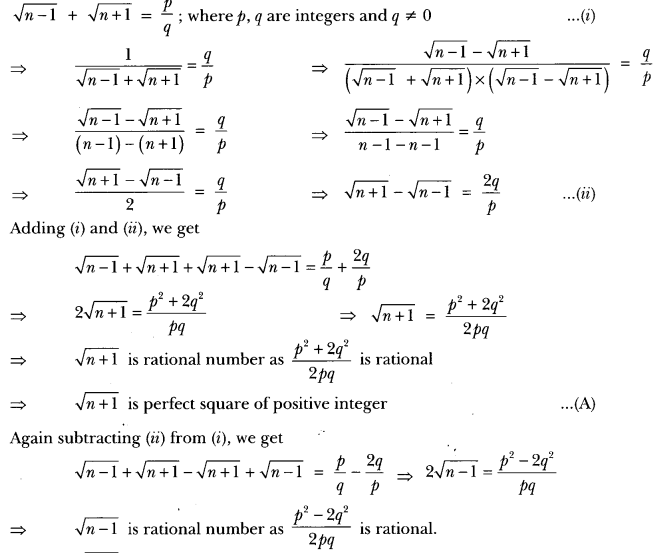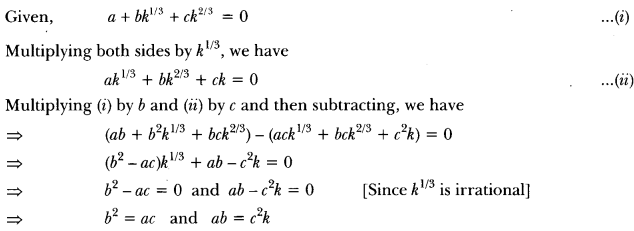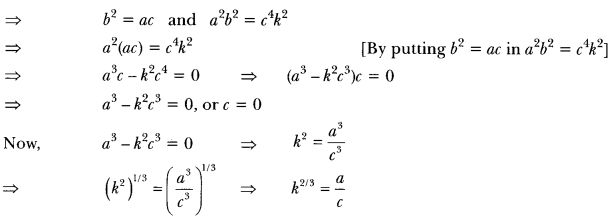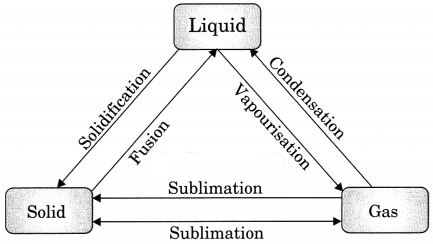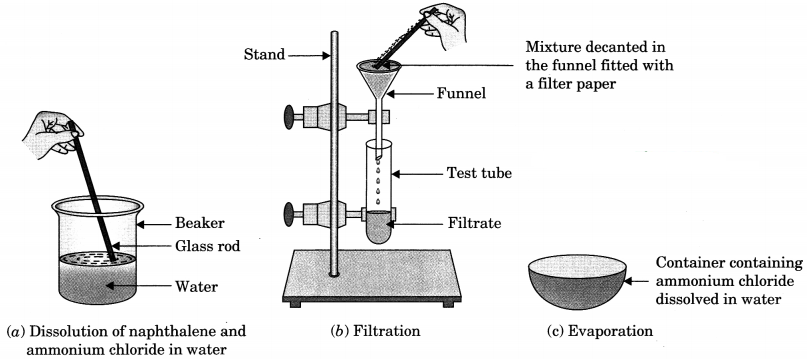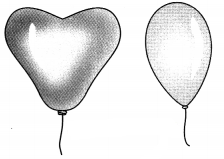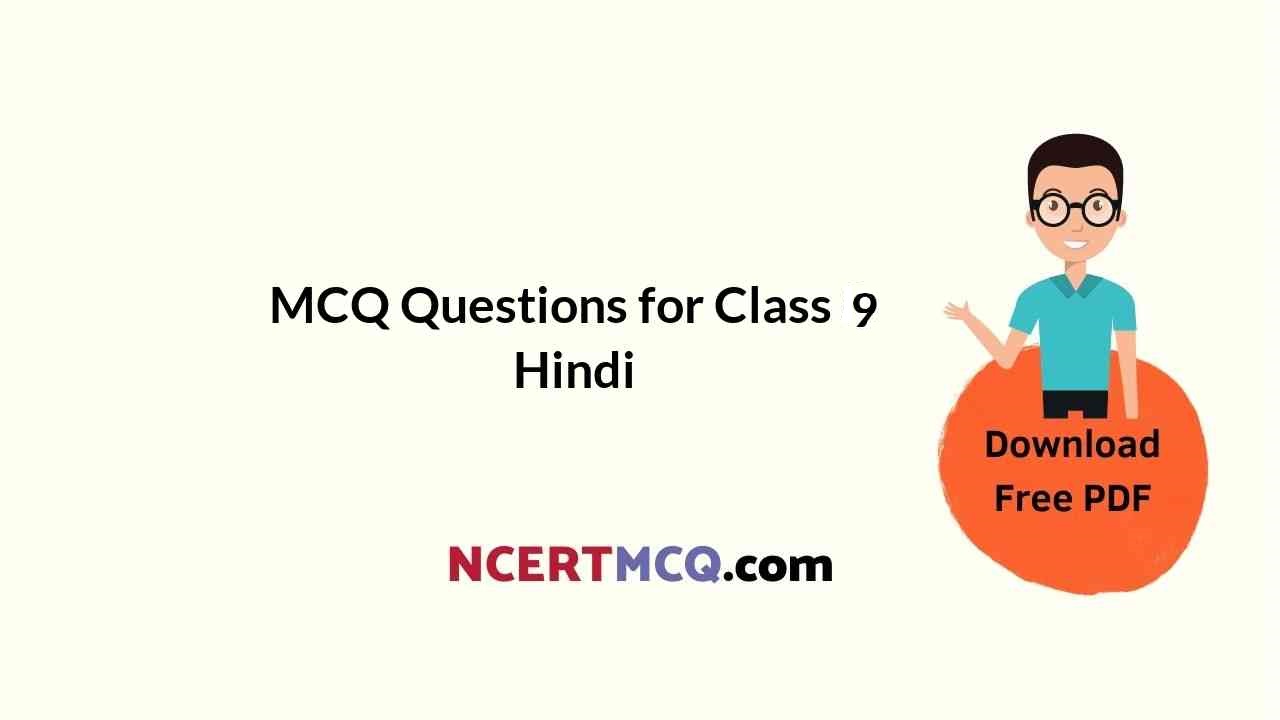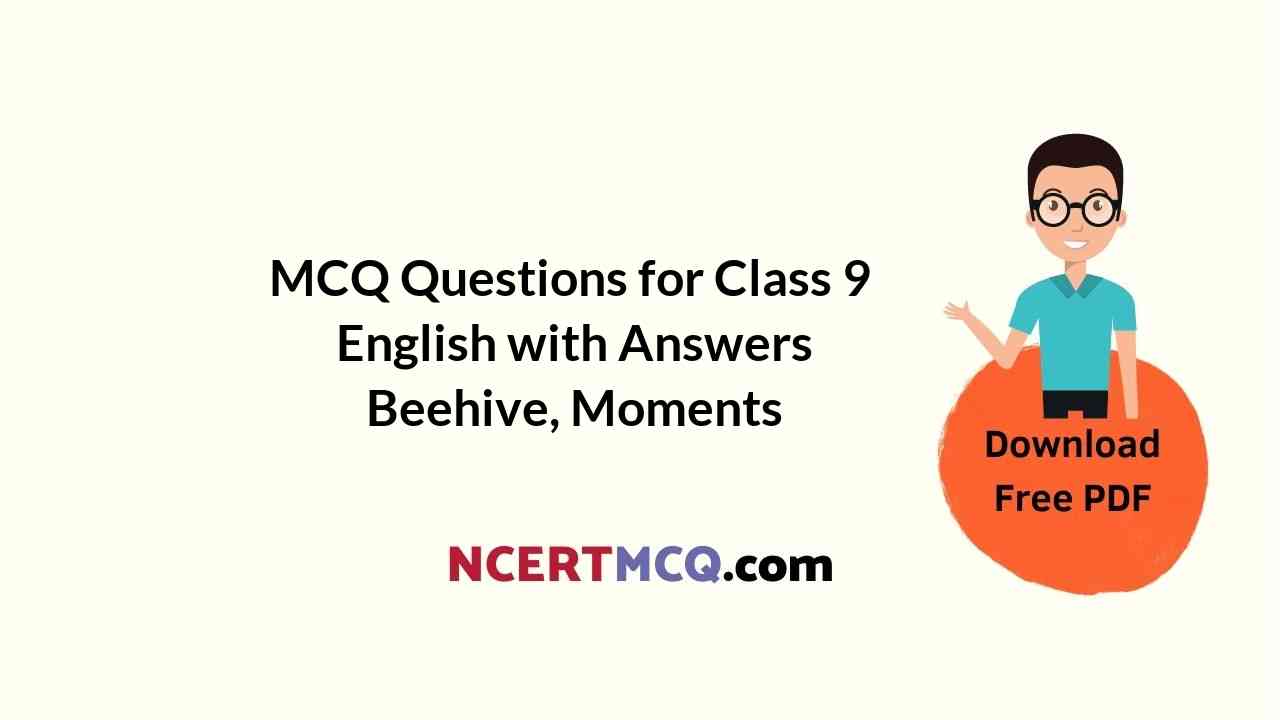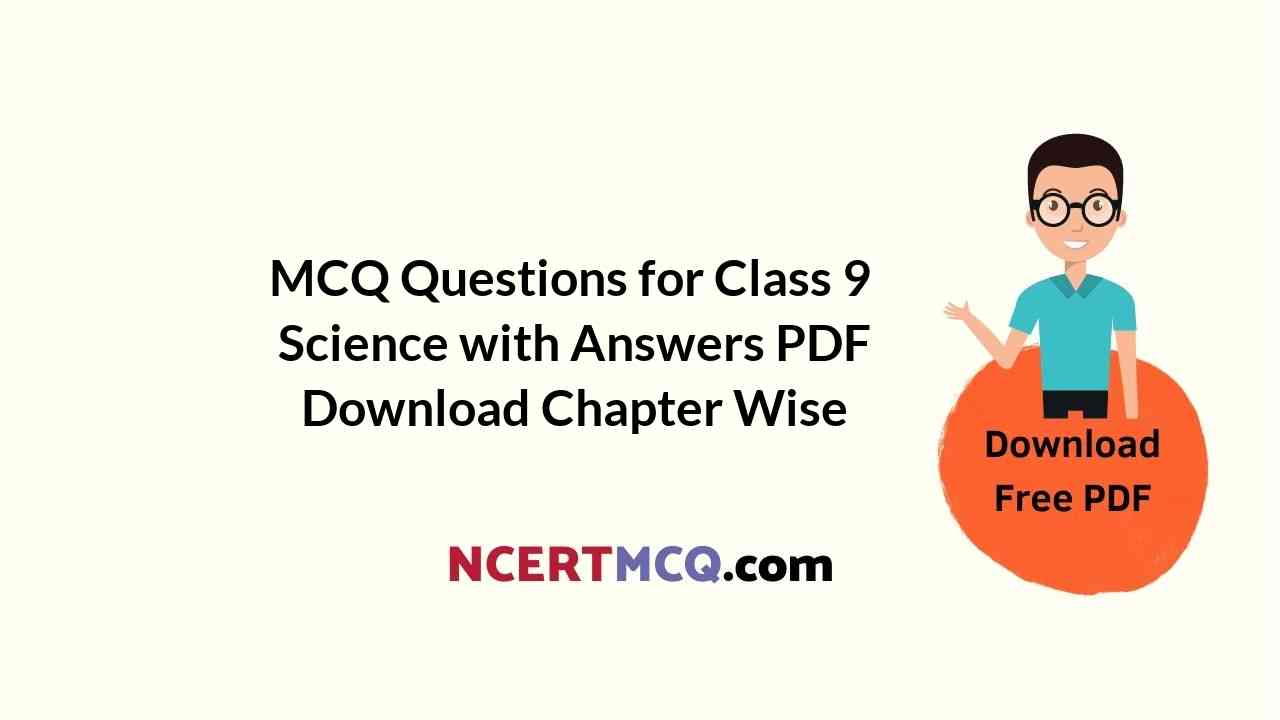NCERT Extra Questions for Class 7 English: Here we are providing NCERT Extra Questions for Class 7 English Honeycomb, An Alien Hand. Students can get Class 7 English NCERT Solutions, Chapter Wise CBSE Class 7 English Extra Important Questions and Answers were designed by subject expert teachers.
Candidates can get all lessons important questions for class 7 English as free PDF downloads from this article. By accessing these pdf links of CBSE class 7 English extra questions with answers you can easily grasp the concept & enhance your exam preparation. This helps you to score well in your upcoming CBSE class 7 annual exams. Practicing daily from these class 7 English extra questions can improve your English grammar & conceptual knowledge.
Extra Questions for Class 7 English Honeycomb, An Alien Hand Important Questions
The Important Extra Questions for Class 7 English NCERT CBSE Board PDF can be downloaded simply by clicking on the direct access links given below.
Extra Questions for Class 7 English Honeycomb Prose
- Three Questions Extra Questions
- A Gift of Chappals Extra Questions
- Gopal and the Hilsa-Fish Extra Questions
- The Ashes that Made Trees Bloom Extra Questions
- Quality Extra Questions
- Expert Detectives Extra Questions
- The Invention of Vita Wonk Extra Questions
- Fire: Friend and Foe Extra Questions
- A Bicycle in Good Repair Extra Questions
- The Story of Cricket Extra Questions Extra Questions
Extra Questions for Class 7 English Honeycomb Poem
- The Squirrel Extra Questions
- The Rebel Extra Questions
- The Shed Extra Questions
- Chivvy Extra Questions
- Trees Extra Questions
- Mystery of the Talking Fan Extra Questions
- Dad and the Cat and the Tree Extra Questions
- Meadow Surprises Extra Questions
- Garden Snake Extra Questions
Extra Questions for Class 7 English An Alien Hand
- The Tiny Teacher Extra Questions
- Bringing up Kari Extra Questions
- The Desert Extra Questions
- The Cop and the Anthem Extra Questions
- Golu Grows a Nose Extra Questions
- I Want Something in a Cage Extra Questions
- Chandni Extra Questions
- The Bear Story Extra Questions
- A Tiger in the House Extra Questions
- An Alien Hand Extra Questions
If you have any doubt or question regarding NCERT Extra Questions for Class 7 English Honeycomb, An Alien Hand, you can reach out to us in the comment section below and we will get back to you as soon as possible.
